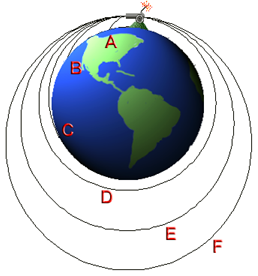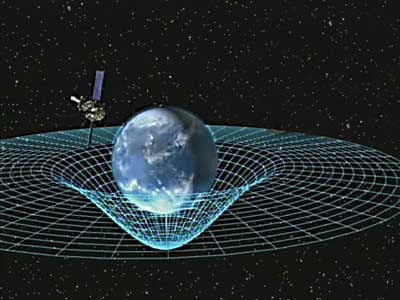The motion of heavenly objects like Planets, sun, natural satellites etc has drawn a lot of attention in the past the the mystery of their motion remain unsolved until 1665. Sir Issac Newton at the age of 23 made one of the biggest contribution to Physics by simply showing that the force by which moon revolves around the Earth is same force responsible for causing apple to fall to the ground. Sir Issac Newton extended this idea and mad his famous law of Gravitation. The statement of this law states that
Every body in the Universe attract another body with a force called Gravitational force and this force is directly proportional to the product of their masses and inversely proportional to the square of the distance between them.
Let is assume two bodies with masses and
kept at a distance of
from the centers of the body. If we represent the gravitational force between these two bodies by
then
and
Combining these two relations we get,
or,
Here G is a constant called Universal gravitational constant and its value is
G can also be defined as – When to object of masses 1 kg each are kept at a distance of 1m then the gravitational force produced between these two objects is
Gravitational Field Intensity
Gravitational field intensity at any point on the gravitational field is the force exerted by the body on unit mass placed at that point. The value of gravitational field intensity decreases as we move further from the body. The formula for Gravitational field intensity is
The unit of Gravitational field intensity is
Acceleration due to Gravity
The gravity of the earth is the force on a body near the surface of the earth and this force is given by
Newton’s second law of motion says the force produced in a body is product of its mass and acceleration
Comparing these two equations we get
This acceleration is represented by g and is called acceleration due to gravity and is given by
The standard value of acceleration due to gravity ‘g’ on the surface of the earth is . This relation shows that the acceleration due to gravity is independent of the mass of the body. This is the reason all body fall to the surface of the earth at the same time irrespective of their masses. Famous feather and coin experiment demonstrates this fact.
Mass of Earth
We now have
After some manipulation we get the mass of earth as
Density of Earth
To find the density of earth we make some assumptions. We consider earth as homogenous sphere of radius The volume of this sphere is given by
Therefore the density of earth is





